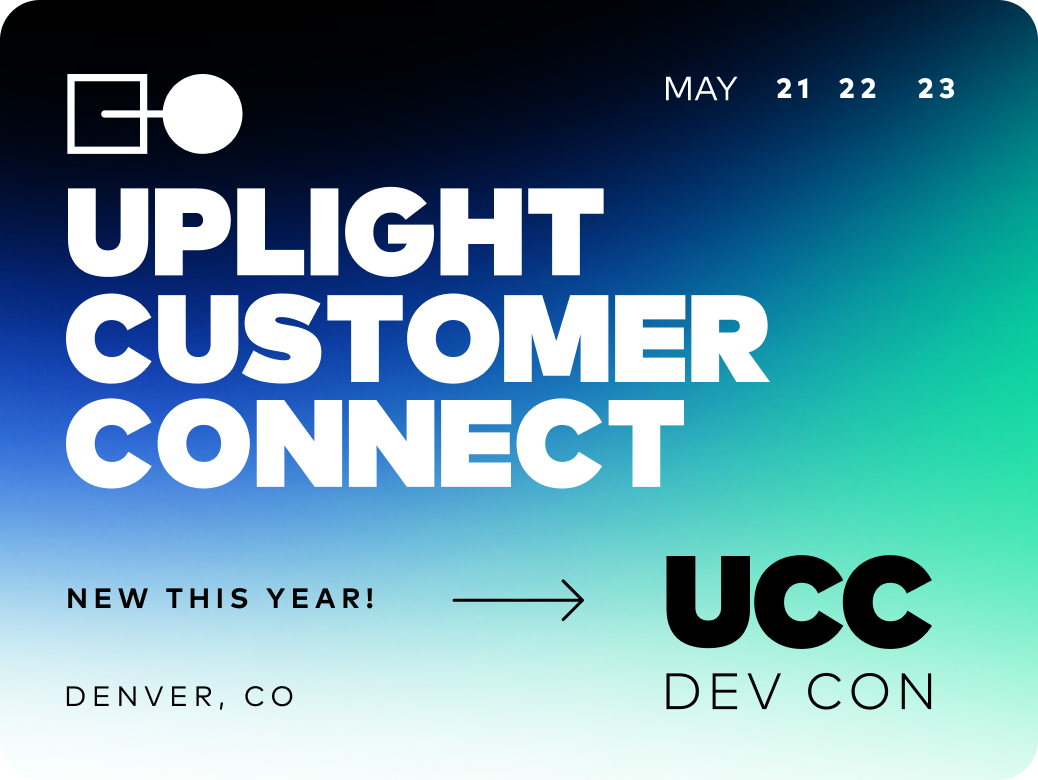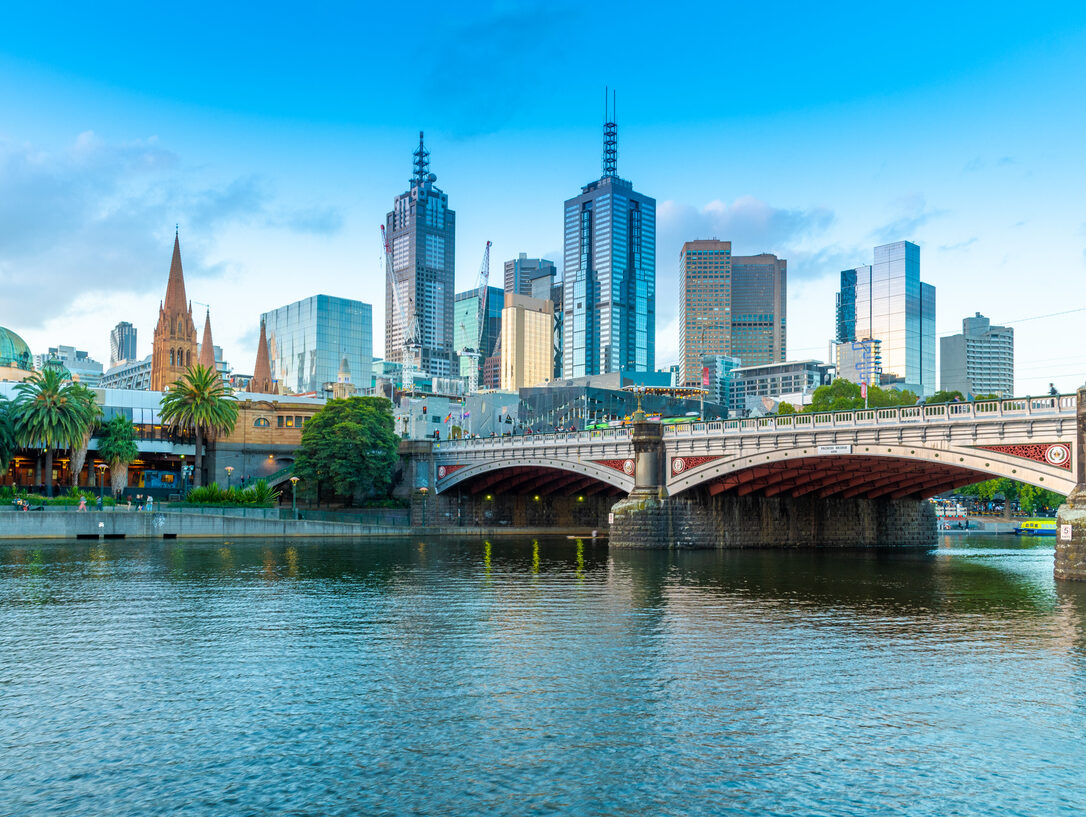Demand response (DR) is a powerful tool to manage increasing stress on the grid and work within capacity constraints. At Uplight, we think there is a big opportunity to expand DR programs in the winter months for more year round flexibility and resilience. In fact, more than half of Uplight’s recent new program launches have included gas DR programs.
Mitigating climate change and decarbonization involves electrification, often shifting peaks to winter instead of summer. Yet summer and winter peaks are different, and that makes a big difference in program design. Winter peaks can last up to 24 hours instead of 4 hours in summer electric DR programs–making it important not just to replicate summer DR programs, but tailor them to specific cold weather needs.
Uplight hosted a webinar with James Jackson from Emerson, Mike Specian from ACEEE, and Don McPhail from Uplight last week on how to build effective demand response winter programs. Here are some of the highlights from the webinar.
Demand-side solutions to winter peaks
There are multiple measures that can mitigate winter peaks such as cold climate air heat pumps, weatherization and retrofits, residential smart thermostats, managed EV charging, water heating demand response, temperature set-point reduction, and more. Demand response can offer particularly strong savings. For example, Mountain Park Electric piloted a smart thermostat control DR program, seeing $3-11 savings per device per month in the winter.
Running winter DR programs
There are three key elements to running a successful winter DR program. First, utilities should go after technology that is a good fit. Secondly, similar to summer programs, pre-conditioning should also be an important part of the program. Finally, bundling programs can increase cost effectiveness and increase program participation.
Focusing on customer comfort and peace of mind is the key to program success. Onboarding can be a great place to let customers know in advance what to expect on event days. Since the majority of customers are at home during winter DR events, it’s important not to overheat the home during nighttime or early morning and wake a customer up.
Other things to consider
Heating can be particularly tricky when planning DR events. When a heat pump fails, homes need to rely on supplemental heat–creating a big spike in energy use. Also, if a home isn’t well insulated, the DR event response won’t be as strong. And conversely, a recently weatherized home will perform better during a DR event.
Customer experience is really important when it comes to heating. Customers can use fans in the summer months, but there aren’t other substitutes for heating. Heat pumps gradually maintain the temperature, while furnaces increase the temperature more quickly, so it’s important to understand each home’s set-up.
Winter DR can be a powerful tool for utilities to increase load flexibility in the winter, but programs will need to be adapted for the differences from summer programs. To learn more about winter and gas DR programs, watch the full webinar on-demand!





